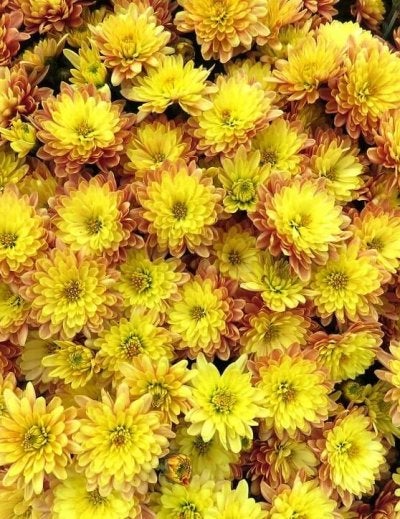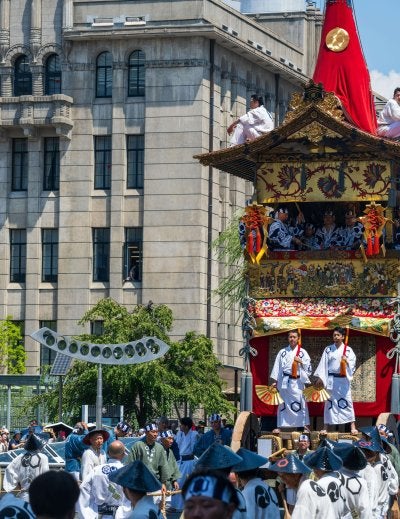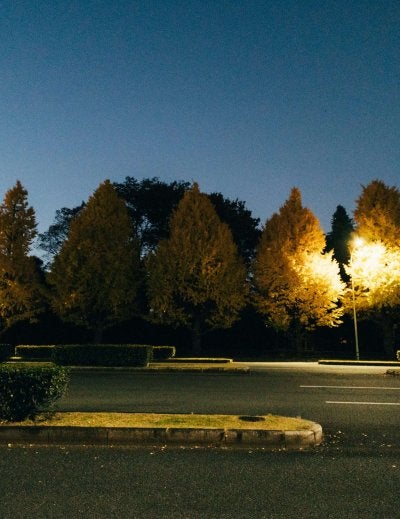
Japan’s Autumn Harvest Delights: Culinary and Cultural Traditions in September
September in Japan signifies the beginning of the bountiful autumn harvest season, a period celebrated with an abundance of flavorful produce and cherished cultural traditions. As the weather transitions from summer’s warmth to crisp, clear autumn skies, the country comes alive with culinary experiences and festivities centered around the gifts of the land and sea.
Seasonal Foods in September
September’s harvest brings a rich variety of nutritious and delicious ingredients to the Japanese table.
Fruits
- Persimmons (Kaki): A quintessential autumn fruit. While primarily harvested from October to December, some early varieties begin harvest in late September. Enjoyed fresh (amagaki) or dried (hoshigaki), it is a symbol of autumn.
- Pears (Nashi): Harvested from July to the end of October, with peak season in August and September. Japanese pears are known for their refreshing, juicy, and sweet-tart taste. Akizuki pears begin harvest in late September. Major production areas include Fukushima and Niigata prefectures.
- Grapes (Budou): The main grape harvest runs from late August to early October, with peak ripeness in August and September. Varieties like Shine Muscat and Kyoho grapes are harvested into September. Yamanashi and Nagano prefectures are famous. Grape-picking is a popular activity, and grape products such as wine, juice, and confectioneries are widely available.
- Apples (Ringo): While available year-round, apples are at their best from late September to early December. Aomori Prefecture is Japan’s leading apple producer, offering varieties like Fuji, Mutsu, and Tsugaru. Nagano Prefecture also produces sweet varieties.
- Peaches (Momo): Although primarily a summer fruit, some peach varieties extend their harvest into late August and September. Japanese peaches are prized for their delicate sweetness and juicy flesh.
Vegetables & Other Produce
- Sweet Potatoes (Satsumaimo): A staple of autumn. While typically harvested late October and throughout November, they are available in supermarkets from late September. Roasted sweet potatoes (yaki-imo) are a popular snack, and they are used in various products like chips and shochu. Their sweetness enhances after harvest.
- Taro Root (Satoimo): A starchy root vegetable commonly used in simmered dishes and soups during autumn. Typically harvested in autumn, peaking in November, when leaves yellow and die back, before the first frost.
- Kabocha (Pumpkin/Winter Squash): Becomes sweeter and richer in autumn as its starch converts to sugar after harvest through “curing.” Its peak season is September to December. Both “Seiyo kabocha” (Western pumpkin) and “Nihon kabocha” (Japanese pumpkin) are consumed.
- Chestnuts (Kuri): A symbol of autumn in Japan. Harvest begins late August, peaks in September, and can extend to late October. Raw chestnuts are available in September and October. They are versatile, enjoyed roasted, or incorporated into savory dishes like kuri-gohan (rice steamed with chestnuts), a traditional autumn dish, and traditional sweets.
- Mushrooms: A wide selection of mushrooms comes into season. Most notably, the prized and expensive Matsutake mushroom is a luxury ingredient synonymous with autumn, typically harvested from September to early November. It is considered a “king of autumn delicacies,” highly prized for its strong aroma, and cannot be artificially cultivated.
- New Rice (Shinmai): September marks the eagerly anticipated first harvest of rice, known as shinmai. This rice is highly valued for its fresh, tender texture, and sweet, nutty flavor, best enjoyed freshly steamed. Predominant rice-producing regions harvest from late August to October, with September and October being peak availability. Rice harvesting (inekari) is a significant traditional event, with some farms allowing visitors to participate and “shinmai” being offered to deities.
- Ginkgo Nuts (Ginnan): These unique nuts are a popular autumnal ingredient, often roasted and sold as a street snack in the fall.
Seafood
- Sanma (Pacific Saury): This migratory fish reaches its peak season from September to October, becoming fattier and tastier. It is a popular autumn dish, often grilled whole with salt and served with grated daikon.
As the weather cools, Japan’s fresh seafood continues to complement the array of autumn dishes.
Autumn Traditions and Festivals in September
September is rich with traditional events and festivals that celebrate the harvest and mark the changing season.
Tsukimi (Moon-Viewing Festivals)
Held between mid-September and late October, these ancient festivals honor the autumn full moon and express gratitude for the harvest. The main Tsukimi date in 2024 fell on Tuesday, September 17th (Jūgoya). Traditions involve decorating homes with offerings like round rice cakes (tsukimi-dango) symbolizing the full moon, along with pampas grass (susuki) representing the rice harvest, and seasonal produce such as taro, chestnuts, sweet potatoes, grapes, and persimmons, as well as sake. Families gather to view the harvest moon and share seasonal foods. Modern adaptations include “Tsukimi” themed dishes at fast-food chains (e.g., Tsukimi Burger).
Inekari (Rice Harvesting)
As the traditional harvest season begins, primarily in September and October for most regions, rice harvesting is a major event. Its cultivation has historically been considered sacred, with manual harvesting with sickles and sun-drying on racks (*odakake*) still practiced. The newly harvested “shinmai” (new rice) is often offered to gods during autumn harvest festivals.
Higan Memorial Services
Around the Autumn Equinox (Shūbun-no-hi), typically September 23rd (a national holiday), Higan memorial services take place. This is a Buddhist holiday for introspection, spiritual growth, and honoring ancestors. During this seven-day period, people visit and clean family tombs to offer prayers, flowers, and incense. Sweet glutinous rice balls called *ohagi*, coated in red bean paste, are commonly eaten.
Harvest Festivals (Matsuri)
Numerous local festivals are held across the country to give thanks for the autumn harvest. These often include offering freshly harvested rice to deities, processions with portable shrines (mikoshi), and traditional musical theater (kagura). Autumn festivals tend to be more serene compared to the high-energy summer events.
Kishiwada Danjiri Matsuri (Osaka)
This famous and energetic festival takes place in Kishiwada City, Osaka, annually on the second Saturday and Sunday of September (the weekend before “Respect for the Aged Day”). For 2025, it is scheduled for September 13-14, with rehearsals also occurring in early September. Originally a prayer for a successful harvest, it features thrilling spectacles of large, intricately carved wooden floats (“danjiri”) pulled at high speeds through the streets, with daring 90-degree turns (“yarimawashi”). “Daikugata” (carpenters) dance daringly on the roofs of the floats. The festival also includes a serene night parade with illuminated lanterns.
Owara Kaze no Bon (Toyama)
Held annually from September 1st to 3rd in Yatsuo town, Toyama City, this festival is known for its unique, melancholic folk songs and elegant traditional dances. Dancers in matching yukata and braided hats move gracefully, accompanied by shamisen, taiko drums, and kokyu. The festival traditionally serves as a prayer to appease the wind god for protection from typhoons and a good harvest. Eve performances are also held from August 20-30.
Sapporo Autumn Fest
Held in Ōdōri Park, Sapporo, Hokkaido, this large open-air gourmet festival typically runs from early September to early October (e.g., September 6-29 in 2024; scheduled September 12-October 4 in 2025). It showcases Hokkaido’s rich culinary heritage with over 300 stalls across themed zones featuring ramen, international cuisine, sake, craft beer, regional specialties, fresh produce, and meats, celebrating Hokkaido’s agricultural bounty.
Sake (Nihonshu)
September is a significant month for sake, as it is the month of the rice harvest, a fundamental ingredient in sake production.
September in Japan offers a delightful blend of culinary experiences and cultural immersion, all centered around the rich bounty of the autumn harvest.
September 2025 is set to be an amazing time to travel to Japan: Exoticca will take you there at the best price!



